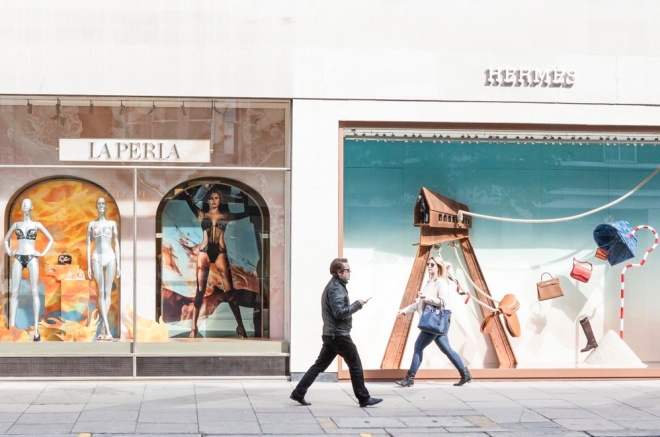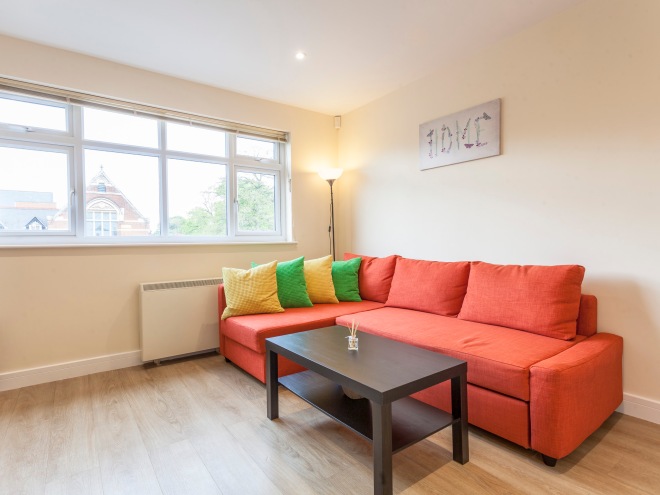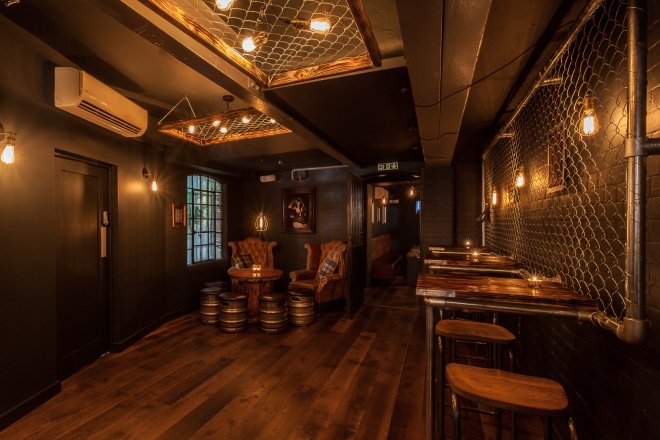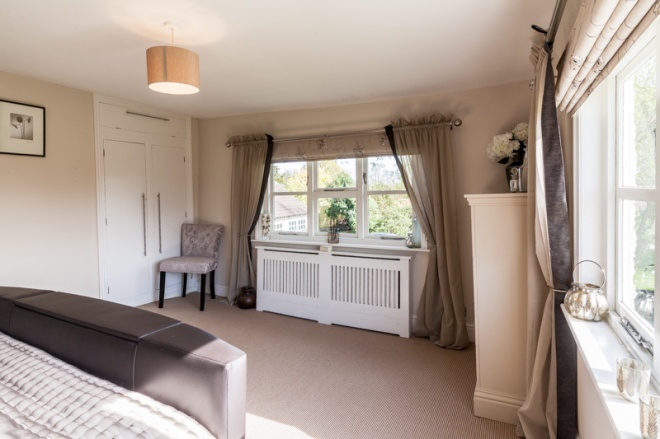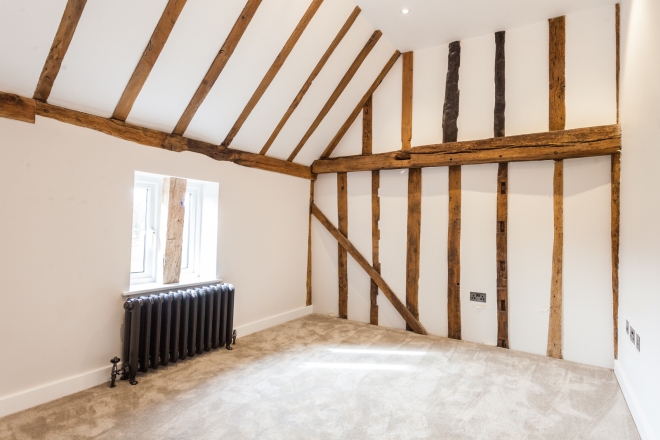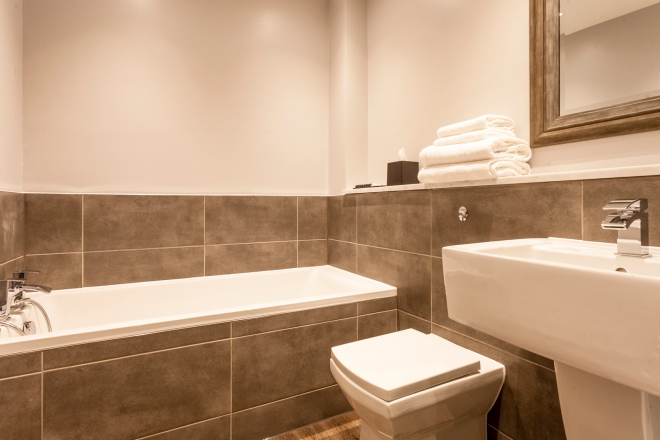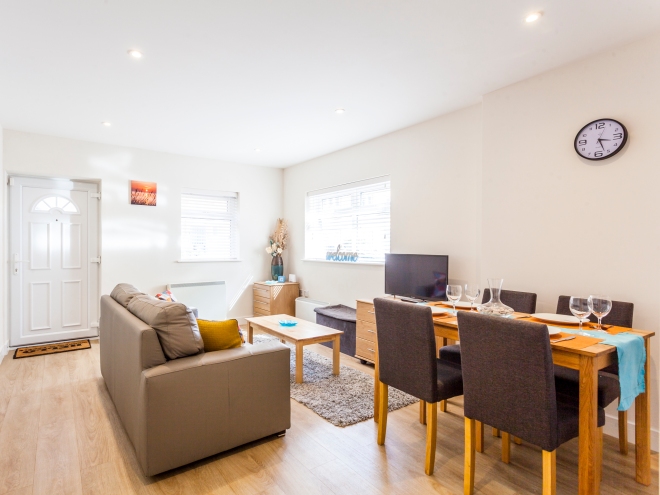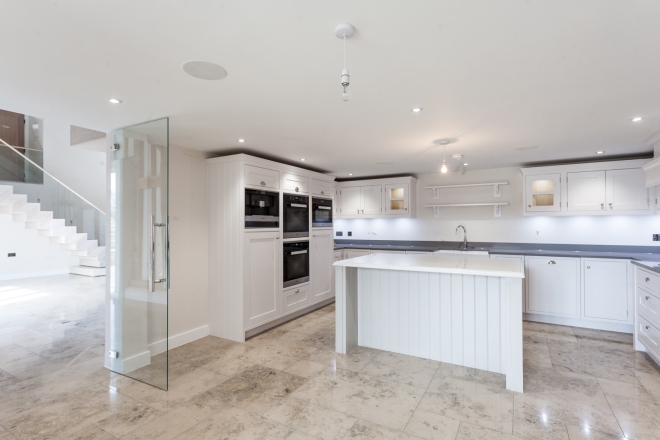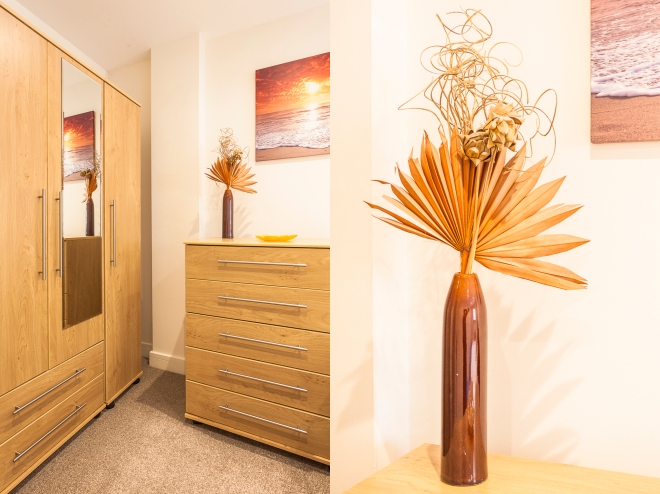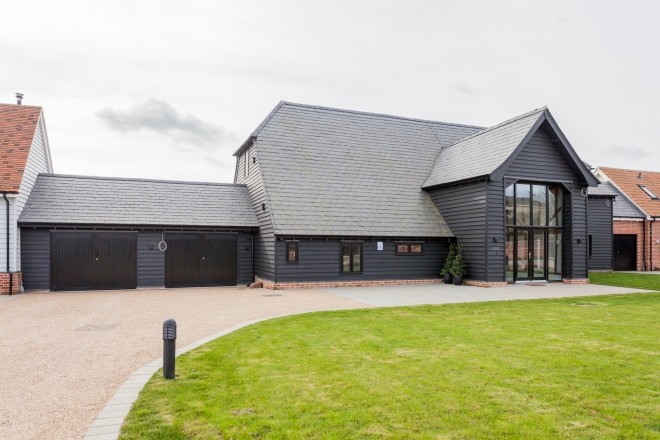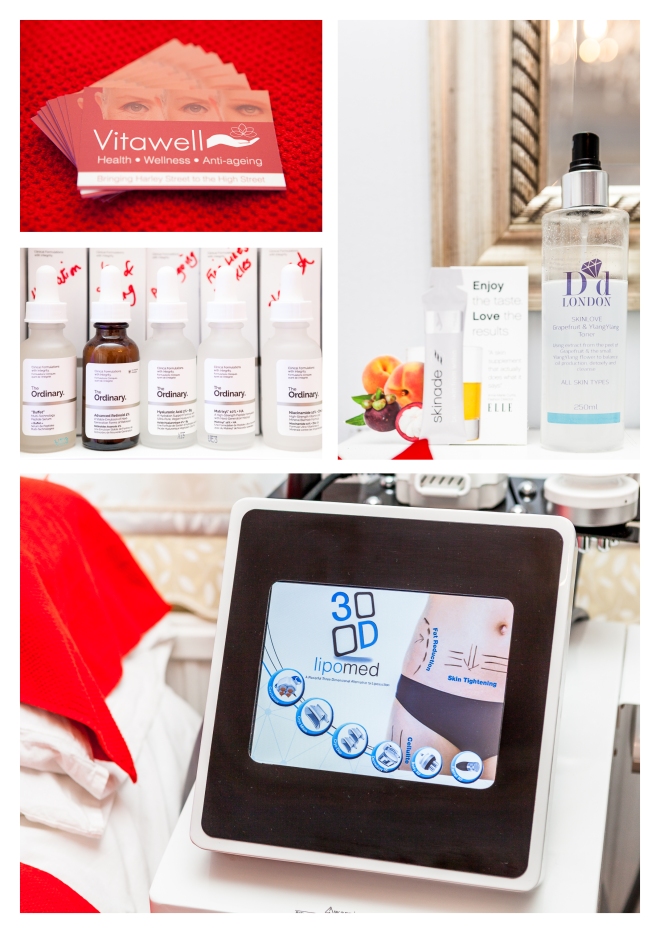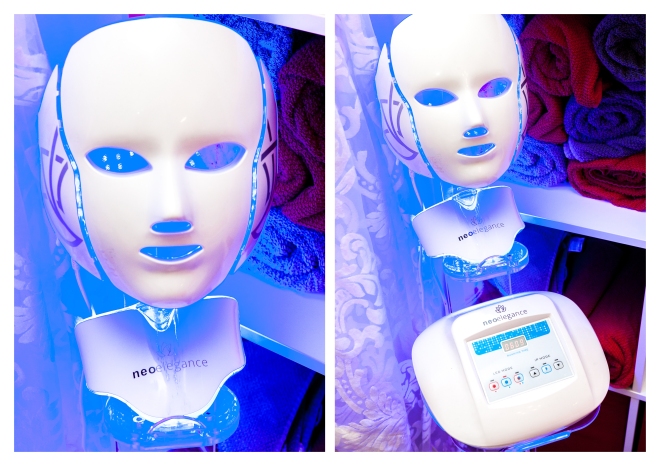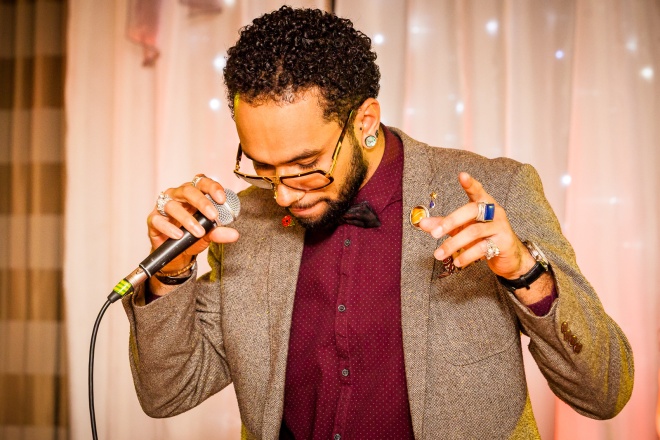“YOU NEVER GET A SECOND CHANCE TO MAKE A FIRST IMPRESSION.”
It’s an old saying but one that is more relevant than ever before in this digital age. With Facebook, Twitter and LinkedIn profiles – in addition to a professional website – now an essential part of any marketing campaign, first impressions are no longer solely made face-to-face.
Headshots are your chance to provide potential clients, casting agents or employers with the perfect first impression and to communicate in one image the person behind the brand. In order for your headshot to do this, it needs to be two things;
A) Professionally taken
A quick snap taken by a friend with their latest smartphone may seem the most cost-effective option, but aside from the compromised image quality, there is no substitute for a professional photographer’s ability to light, pose and direct you to ensure that your headshot makes the maximum impact.
B) Reflective of your personality and brand
Wearing a suit and tie and standing in front of a studio backdrop may work really well for a bank manager or accountant. However, this may not truly reflect the brand and personality of a personal trainer or actor. The location, styling and posing of your headshot needs to reflect who you are and resonate with the type of clients / audience that you are trying to attract.
It is important to find a photographer who will listen and get to know you, make you feel comfortable in front of the lens and know how to light and pose you to help you look your best.
However, your attitude and preparation to a headshot shoot can have a massive impact on its success. Below are some of the simple things that you can do to help your photographer to get a headshot that captures your unique personality.
1. Have a clear direction

Before the shoot, think about how you want to be seen and what characteristics you want to portray. If you are a performer think about the types of roles or performances that you want to be cast in. Are you seeking roles as a villain or a leading love interest? Are you an opera singer or a rock musician? The slightest change in expression and intensity of the eyes can change how you look in your headshot so be clear about what you are wanting from the shoot and share this with the phtographer before the session.
This applies just as much (if not more) to business headshots – what are you trying to say about yourself and your brand? You may want to appear friendly, warm and approachable or appear more authoritative and convey a strong sense of leadership.
2. Wear clothes that compliment you and your brand

Choose clothes that are comfortable and help you to feel relaxed. Again, think about the audience and what you are trying to convey. Choose colours that compliment your eyes or skin tone – pastels look good on fair skin types with blue eyes, whilst rustic colours (brown, green, orange) compliment green eyes. If you have dark eyes, most colours work well providing they contrast your skin tone.
The strength of Emma’s headshot above is not only down to her beautiful smile but also due to the colours of her outfit complimenting the earthy tones of the natural backdrop.
White or black tops can look a little too contrasting, whilst shirts or blouses with a collar frame the face neatly. However, rules are there to be broken and it all comes down to your personal style. Depending on the look you are going for you may want to avoid high-necked tops that don’t flatter the jawline or low cut tops that are too revealing. If appropriate, a bright scarf or cardigan may add that all important splash of colour that makes your headshot stand out from the crowd – especially if this colour matches your logo and marketing materials.
I always allow clients to bring more than one outfit if they are unsure or want a variety of looks.
3. Practice

Spend some time before the shoot looking in the mirror trying different expressions – see what you think works for you. I help to guide clients on the day but it never hurts to arrive with an idea of how you look when making various expressions and an understanding of which expressions give a stronger sense of your personality.
4. Talk to your photographer

Before the shoot, make the photographer aware of any concerns or worries you have – let them know anything you feel self-conscious about. During the shoot, don’t be afraid to suggest ideas and provide feedback on the shots taken so far. Only you can decide whether a shot truly reflects you or not and a good photographer will love hearing your input. The session is a collaborative process – not simply the photographer giving directions to you – so be honest and open.
5. Keep posing simple

There are unlimited ways of posing and your photographer should provide gentle advice and direction. However, we are not looking for a Vogue cover shot on a headshot shoot and simple works best. This shot of Opera singer Peter is simple in pose and composition but incredibly powerful and perfect for use in concert programmes.
Some general rules to flatter your facial features include keeping your shoulders back and relaxed, and making sure your core (tummy) muscles are tight to support your posture. To avoid double chins appearing in your photos (regardless of whether you have one or not), roll your shoulders back, try to bring your forehead forward towards the camera and tilt it down a little (think “up and over the fence”). This stretches the neck, smooths out any lines and separates the jawline from the neck itself. As result your face will appear slimmer and more defined. Again, you can practice this before the shoot if you are unsure.
6. Be open-minded

Headshots can incorporate a variety of styles now and so we can try several ideas in a session to get the look you are after. A good photographer won’t ask you to do anything that makes you feel uncomfortable but don’t limit yourself by not being open to suggestions. The shot above of Belinda was taken right at the end of the shoot when we decided to try one more pose and style before we brought the session to an end. We hadn’t planned to shoot Belinda in her hat and scarf but as soon Belinda put these back on, her posture and expressions became much more relaxed and we decided that this shot caught her true personality better than all the previous shots we had taken.
7. Think about the eyes

A good headshot is all about the eyes and connecting with the viewer. Look into the camera as if the lens is a person viewing your headshot for the first time (a casting agent or potential client) and think about how you would persuade them to hire you and what you want that first impression to be.
8. Don’t be afraid to laugh
Headshots are important and can have a huge impact on your publicity but that doesn’t mean the process should be dull and monotonous. Allow yourself to laugh when it doesn’t go right first time, be willing to try different ideas and enjoy the break from sorting emails, learning lines or chairing another meeting. Trust me – you’ll soon wish you were back in front of the camera.
Looking for a new headshot? I would love to hear from you. Please do not hesitate to call 07590 520 539 or email info@rosswillsherphotography.co.uk to chat to me about your headshot needs. Alternatively visit my website to view more of my work and contact me via the online form.
Have a great week
Ross
Ross Willsher is a social (weddings and portraits) and commercial photographer based in Chelmsford and covering Essex and London, who is passionate about creating images as individual as you are.
His work can be viewed at http://www.rosswillsherphotography.co.uk / http://www.rosswillshercommercialphotography.co.uk
info@rosswillsherphotography.co.uk | 07590 520539
facebook.com/rosswillsherphotography | @RWillsherPhoto | instagram.com/rosswillsherphotography | http://www.linkedin.com/in/rosswillsher/


